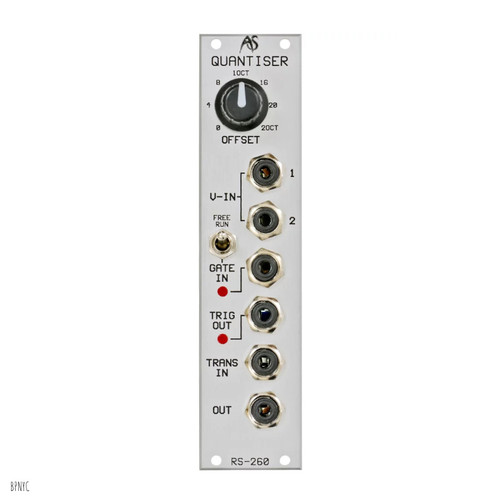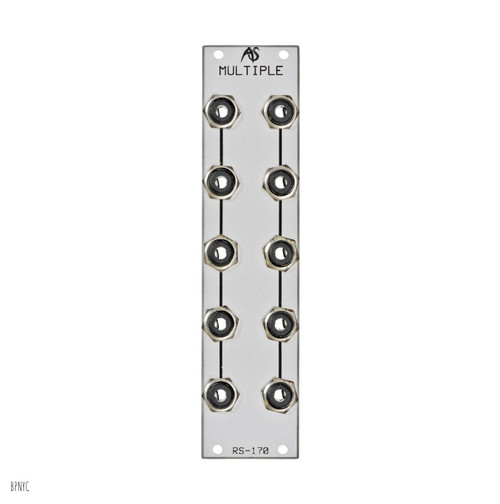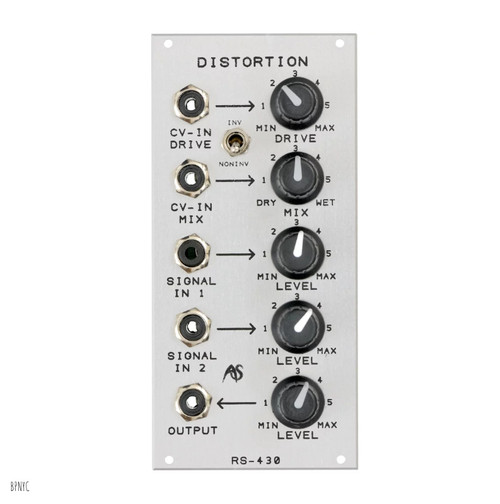Product Overview
People end up taking digital delay lines (DDLs) for granted. Just present an electronic signal to an analogue-to-digital converter, sample its voltage as a 16- or 24- bit number 96,000 times per second and then use a powerful processor to manipulate the numbers to create the effect you want. But a decade before these existed there were analogue delay lines (ADLs) that worked on a very similar principle but used a series of capacitors rather than high-resolution numbers to measure and store the 'samples', plus a set of electronic switches to pass the stored voltages from one capacitor to the next. With an anti-aliasing filter at the input to the ladder of switches and capacitors, and a reconstruction filter at its output, the complete assembly was encapsulated in a chip known as a Bucket Brigade Device (or BBD), so named because the operation of passing sampled voltages along a line of capacitors is analogous to passing buckets of water along a line of people.
Unfortunately, the sampling precision of a series of miniature capacitors is far less than that of today's digital electronics, and it's impractical to ask an ADL to operate at the high rates of modern digital systems. These constraints have at least three consequences. Firstly, the bandwidth of an ADL is almost certainly less than that of a half-decent DDL. Secondly, the maximum length of the delay is likely to be much shorter than that of a half-decent DDL. Thirdly, unlike the near-perfect reproduction of a half-decent DDL, the signal that emerges from the back end of an ADL is likely to be no better than a noisy approximation to the original, and the longer the delay line, the worse this situation becomes.
Consequently, you would be forgiven for thinking that BBD-based analogue delay lines are ghastly pieces of junk best consigned to the dustbin of audio failures. And inevitably (or I wouldn't have mentioned it) you would be wrong. BBDs are the basis of many of the most important musical devices ever developed. For example, if you modulate the rate of the clock that determines when the switches in the delay line open and close, you can modulate the pitch of the output signal. If you then mix the delayed signal with the original you can create all manner of effects including chorus and flanging. Place a number of delay lines in parallel and modulate them independently, and you can create the wonderful, lush ensemble effects of strings synths and some early polysynths. With a bit of sophistication, you can emulate Leslie (rotary) speakers, create passable reverberation, and even delve into the realms of frequency modulation (FM) and phase distortion (PD) synthesis. Oh yes, and you can even use an analogue delay line as … a delay line!
Of course, things are never as simple as they seem, and BBD-based effects units were often horrid affairs that mangled the signal, introduced all manner of distortions, and were prone to generate horrendous internal feedback loops. Or, depending upon your perspective, BBD-based effects units are often wonderful affairs that mangle the signal, introduce all manner of distortions, and are prone to generating horrendous internal feedback loops. Either way, analogue delays are important tools that can greatly expand the range of sounds that you can obtain from your synthesisers and other sound sources.








